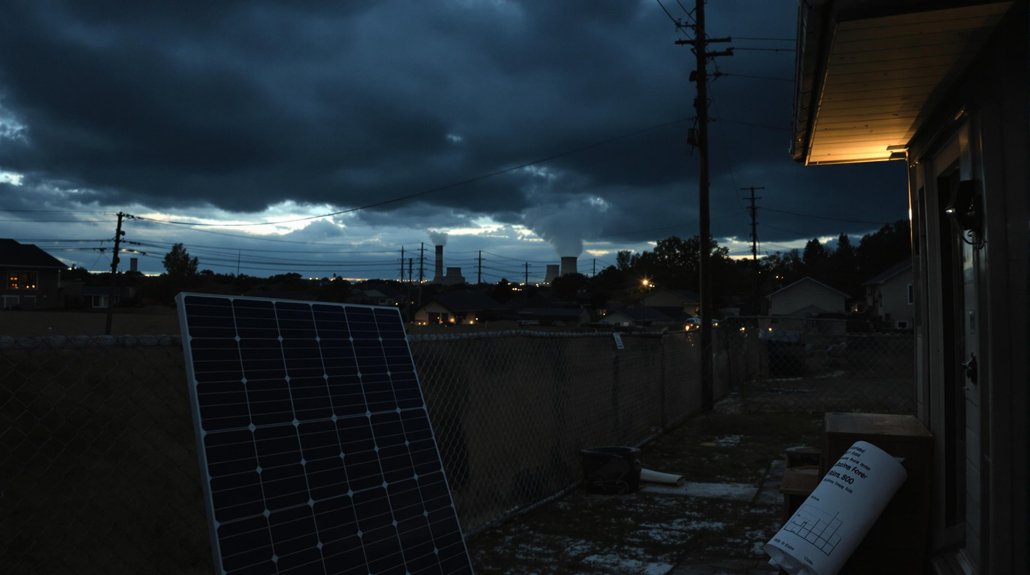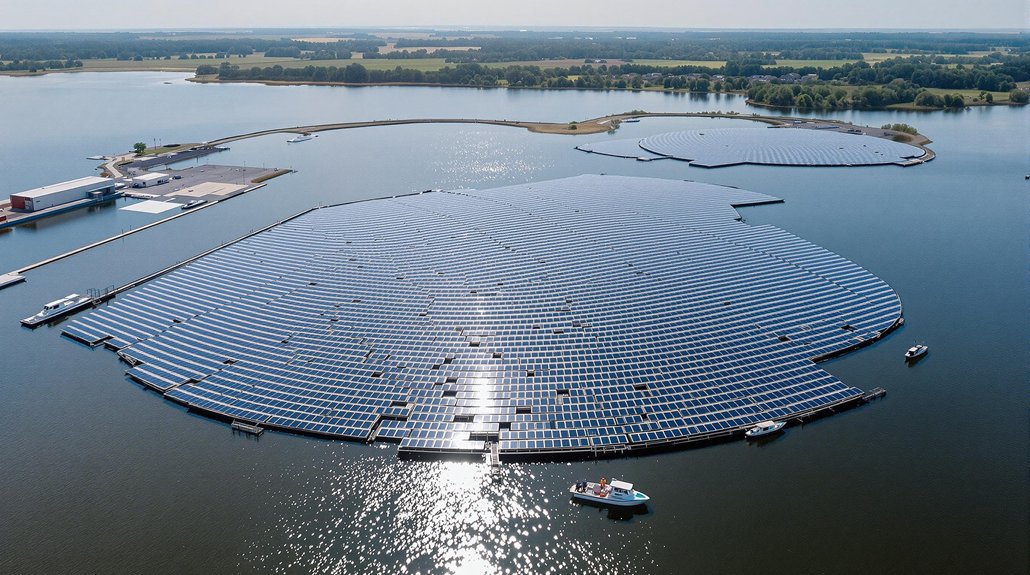Shock arrives in the mailbox each month for Arizona residents opening their electricity bills. The average Arizona household pays $258 monthly for electricity, totaling $3,096 annually. This amount is 11% higher than the national average of $2,787 per year. Over 25 years, Arizona families will spend nearly $96,800 on electricity.
Arizona families face electricity costs that shock wallets—$3,096 annually, 11% above the national average.
Summer months hit wallets hardest. From June through August, bills typically range from $200 to $250 monthly, with Phoenix residents often paying at the higher end. Air conditioning drives these costs up as families try to escape the intense desert heat. Monsoon season brings additional challenges as the increased humidity forces air conditioners to work harder on dehumidification costs.
While Arizona’s electricity rate of 15.76 cents per kilowatt-hour falls below the national average of 17 cents, residents still pay more overall. That’s because Arizona homes use more electricity—about 1,622 kilowatt-hours monthly. This high consumption stems from extreme temperatures, larger homes, and less efficient buildings.
The state’s energy mix contributes to the problem. Only 18% of Arizona’s electricity comes from renewable sources, while 82% relies on natural gas and coal. This limited renewable use lags behind other southwestern states despite Arizona’s abundant sunshine. Meanwhile, neighboring states like Louisiana are seeing a 34% increase in installed solar capacity since 2022, demonstrating the potential for rapid renewable adoption.
Solar power offers potential relief. A typical home would need a 10.6-kilowatt system to cover its annual electricity use. While the upfront cost averages $22,000 before incentives, the long-term savings could be substantial given Arizona’s sunny climate. Homeowners who invest in solar can expect a 7.53 year payback before enjoying decades of significantly reduced energy costs.
The financial strain of high electricity costs is pushing for change. There’s growing pressure for regulatory reforms, expanded renewable standards, and better assistance for low-income households. New rate structures might encourage off-peak usage to reduce costs.
As bills continue to climb, many expect Arizona legislators to address affordability through new energy laws. With projected lifetime costs approaching $100,000 per household, the economic pressure may finally trigger meaningful policy changes to Arizona’s electricity framework.








